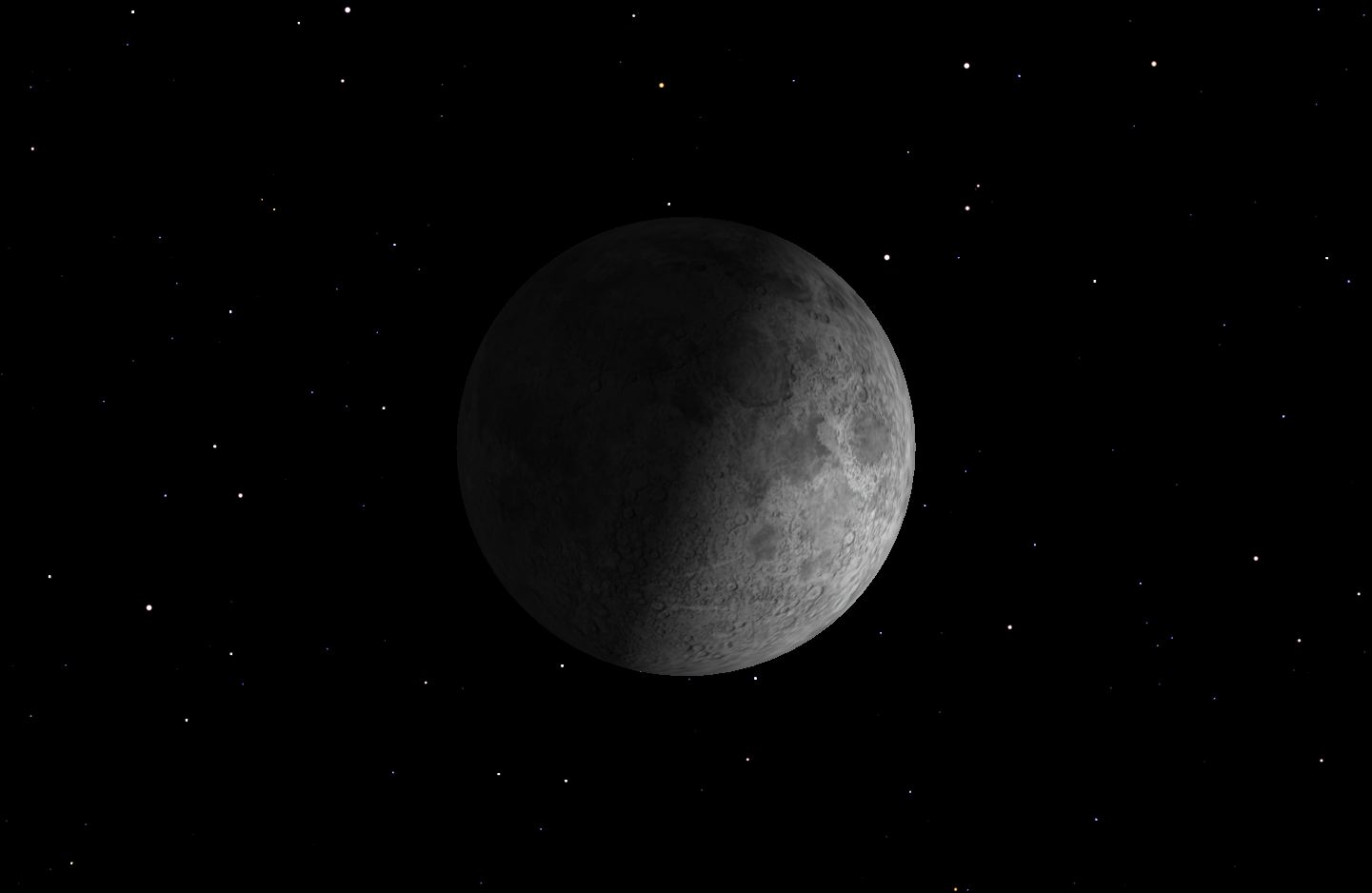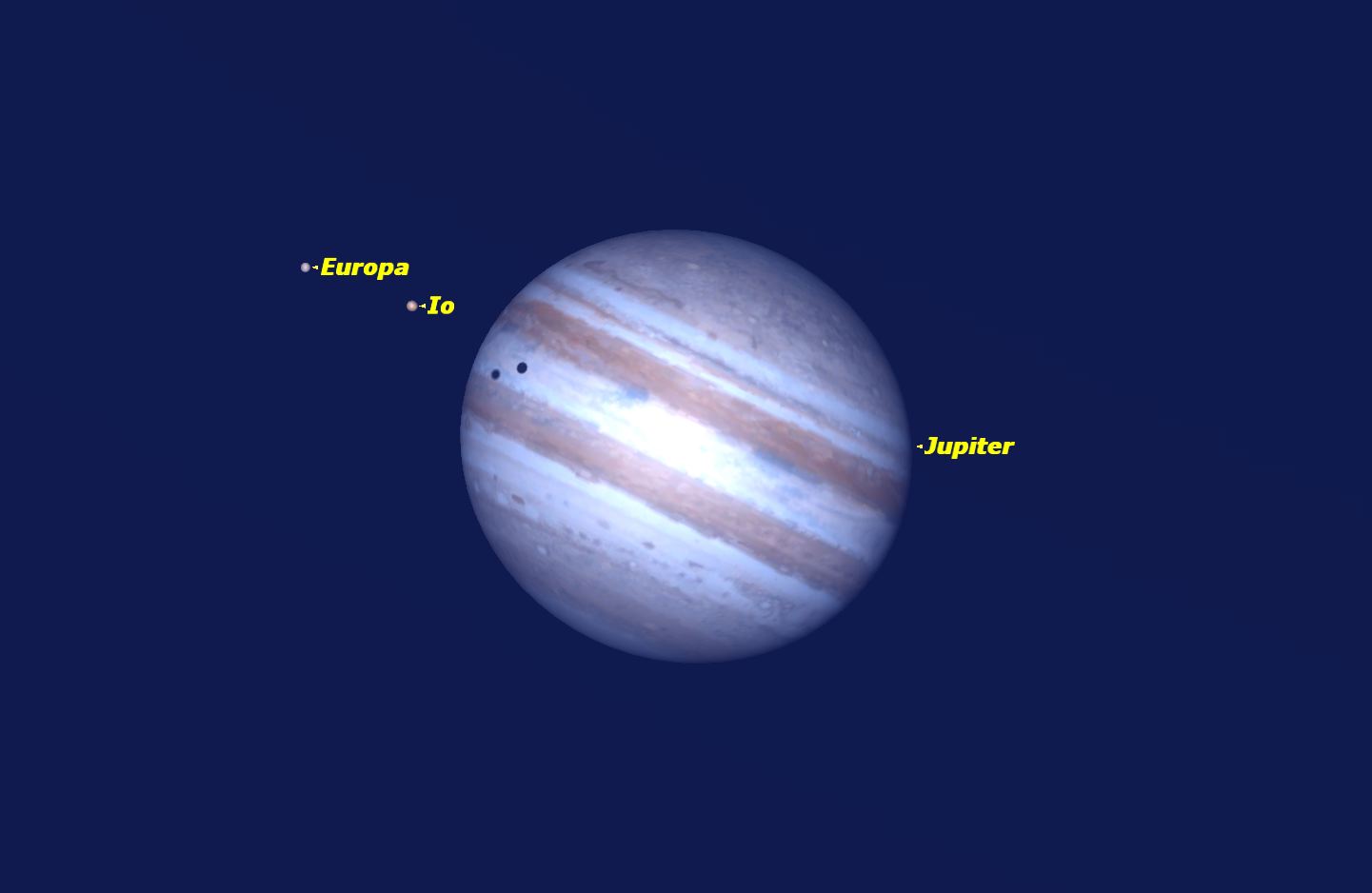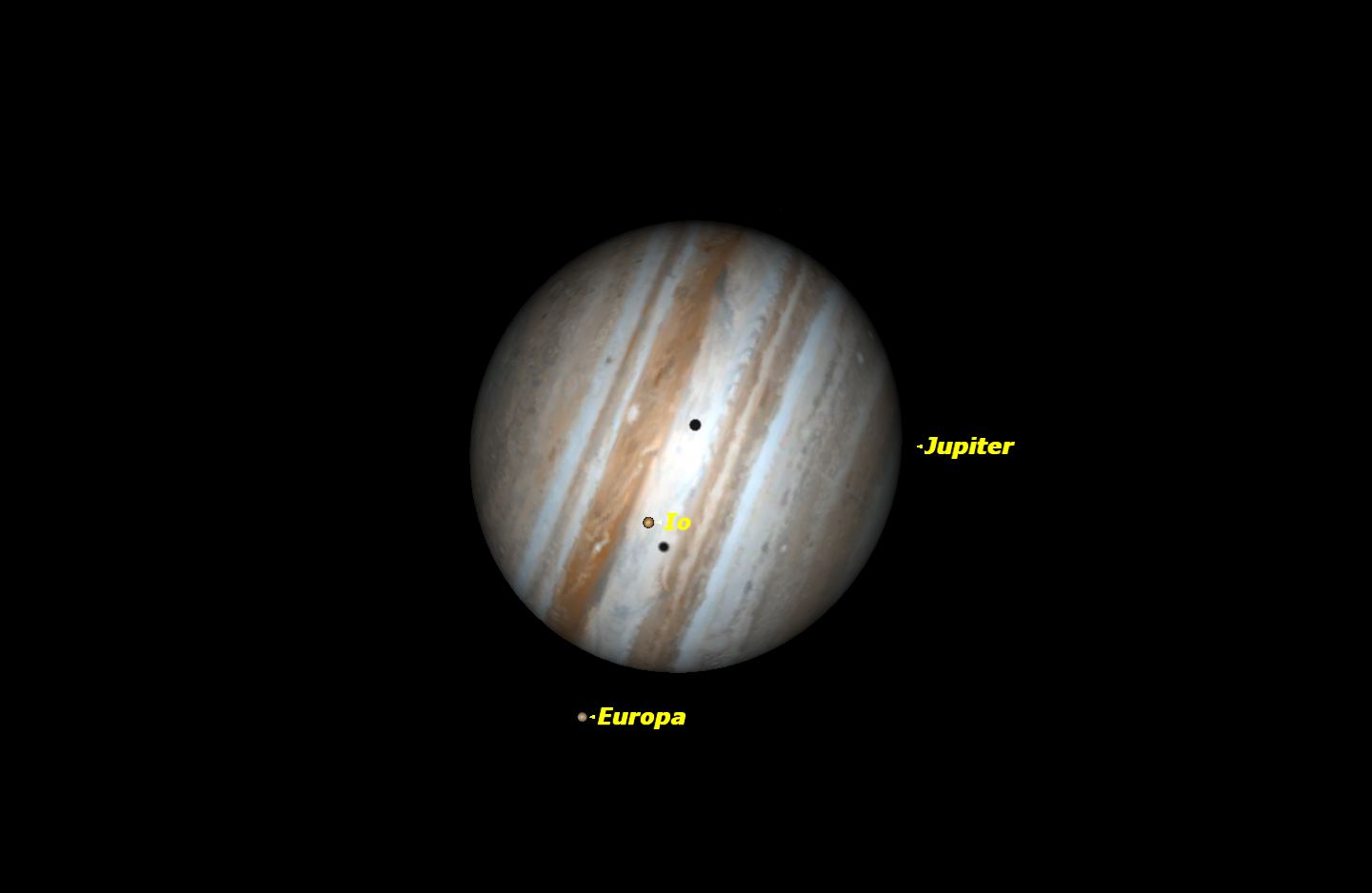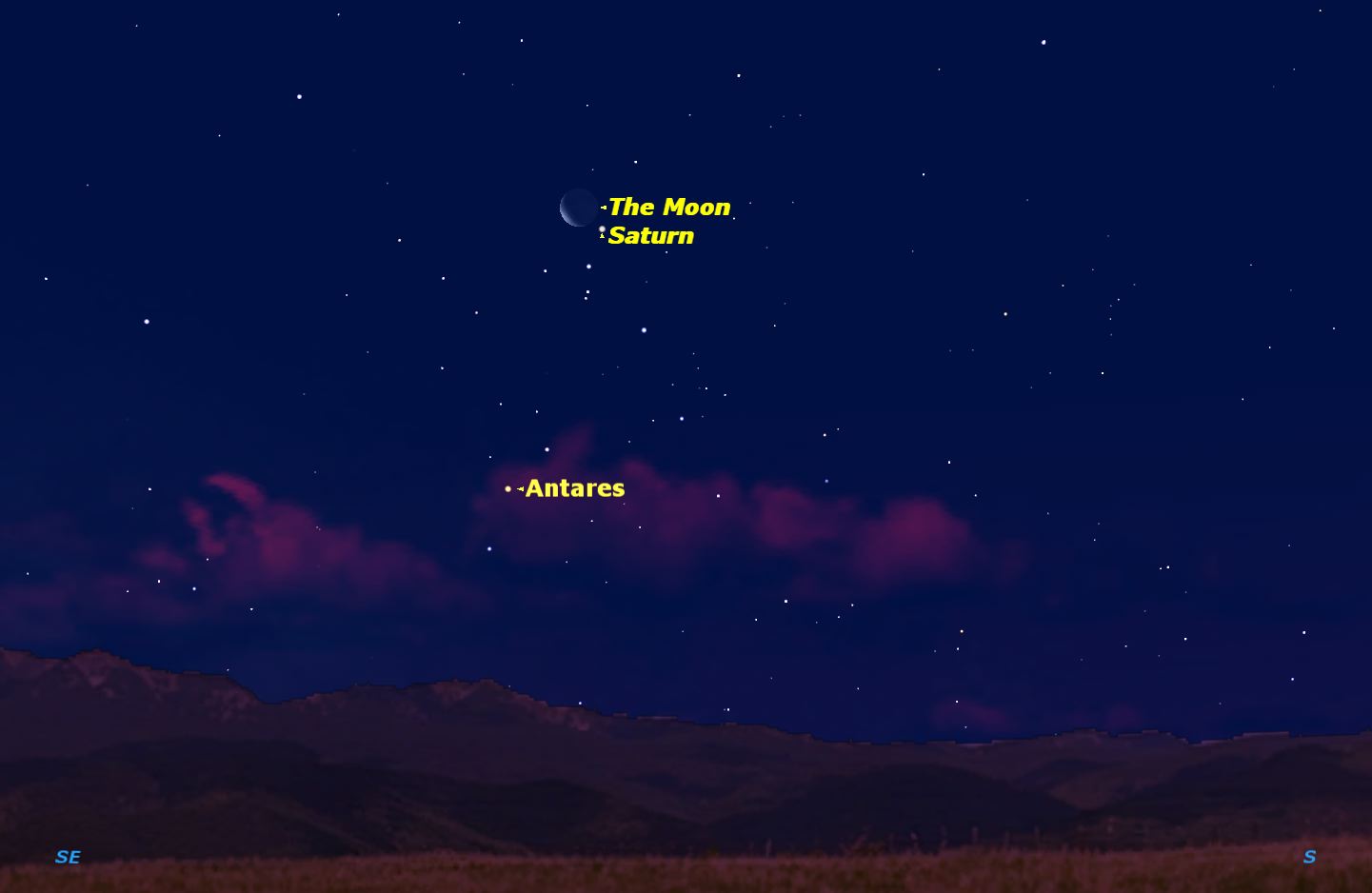Best Night Sky Events for Stargazers in January 2015 (Sky Maps)
Full Moon, January 2015
January kicks off a new year of stargazing for skywatchers around the world, and there are plenty of amazing events to look for. On Jan. 4, the Full Moon of January rises as the "Wolf Moon" or "Old Moon." It rises around sunset and sets around sunrise; this is the only night in the month when the moon is in the sky all night long. The rest of the month, the Moon spends at least some time in the daytime sky.
Check out more must-see stargazing events of January 2015 in this sky map gallery from Starry Night Software.
Last Quarter Moon, January 2015
Tuesday, Jan. 13, 4:46 a.m. EST. The Last Quarter Moon rises around 12:30 a.m. and sets around noon. It is most easily seen just after sunrise in the southern sky.
New Moon, January 2015
Tuesday, Jan. 20, 8:14 a.m. EST. The moon is not visible on the date of New Moon because it is too close to the sun, but can be seen low in the east as a narrow crescent a morning or two before, just before sunrise. It is visible low in the west an evening or two after New Moon.
First Quarter Moon, January 2015
Monday, Jan. 26, 11:48 p.m. EST. The First Quarter Moon rises around 11 a.m. and sets around 1 a.m. It dominates the evening sky.
Quadrantid Meteor Shower, January 2015
Saturday, Jan. 3, 9 p.m. EST. A waxing gibbous moon will interfere with viewing this meteor shower. The best meteors will be visible after midnight, about 90 degrees away from the radiant in Boötes.
Double Shadow Transit on Jupiter, January 2015
Tuesday, Jan. 6, 6:56–8:08 a.m. EST. 6. The shadows of Io and Europa will fall simultaneously on Jupiter.
Mercury Close to Venus, January 2015
Thursday–Monday, Jan. 8–12, dusk. Mercury will be within one degree of Venus for five days, making it easy to spot in evening twilight. Mars is also visible higher in the sky.
Breaking space news, the latest updates on rocket launches, skywatching events and more!
Double Shadow Transit on Jupiter, Jan 9, 2015
Friday, Jan. 9, 8:15–10:05 p.m. EST. 8. The shadows of Io and Europa will fall simultaneously on Jupiter.
Saturn and the Moon, January 2015
Friday, Jan. 16, 1 hour before sunrise. Saturn will be close to the slender waning crescent moon, just before sunrise Tuesday morning.
Double Shadow Transit on Jupiter, Jan. 16, 2015
Friday, Jan. 16, 10:51–11:59 p.m. EST. The shadows of Io and Europa will fall simultaneously on Jupiter.
Neptune and Mars, January 2015
Monday, Jan. 19, dusk. Neptune and Mars will pass within 15 arc minutes of each other, a rare planetary conjunction.

Geoff Gaherty was Space.com's Night Sky columnist and in partnership with Starry Night software and a dedicated amateur astronomer who sought to share the wonders of the night sky with the world. Based in Canada, Geoff studied mathematics and physics at McGill University and earned a Ph.D. in anthropology from the University of Toronto, all while pursuing a passion for the night sky and serving as an astronomy communicator. He credited a partial solar eclipse observed in 1946 (at age 5) and his 1957 sighting of the Comet Arend-Roland as a teenager for sparking his interest in amateur astronomy. In 2008, Geoff won the Chant Medal from the Royal Astronomical Society of Canada, an award given to a Canadian amateur astronomer in recognition of their lifetime achievements. Sadly, Geoff passed away July 7, 2016 due to complications from a kidney transplant, but his legacy continues at Starry Night.












